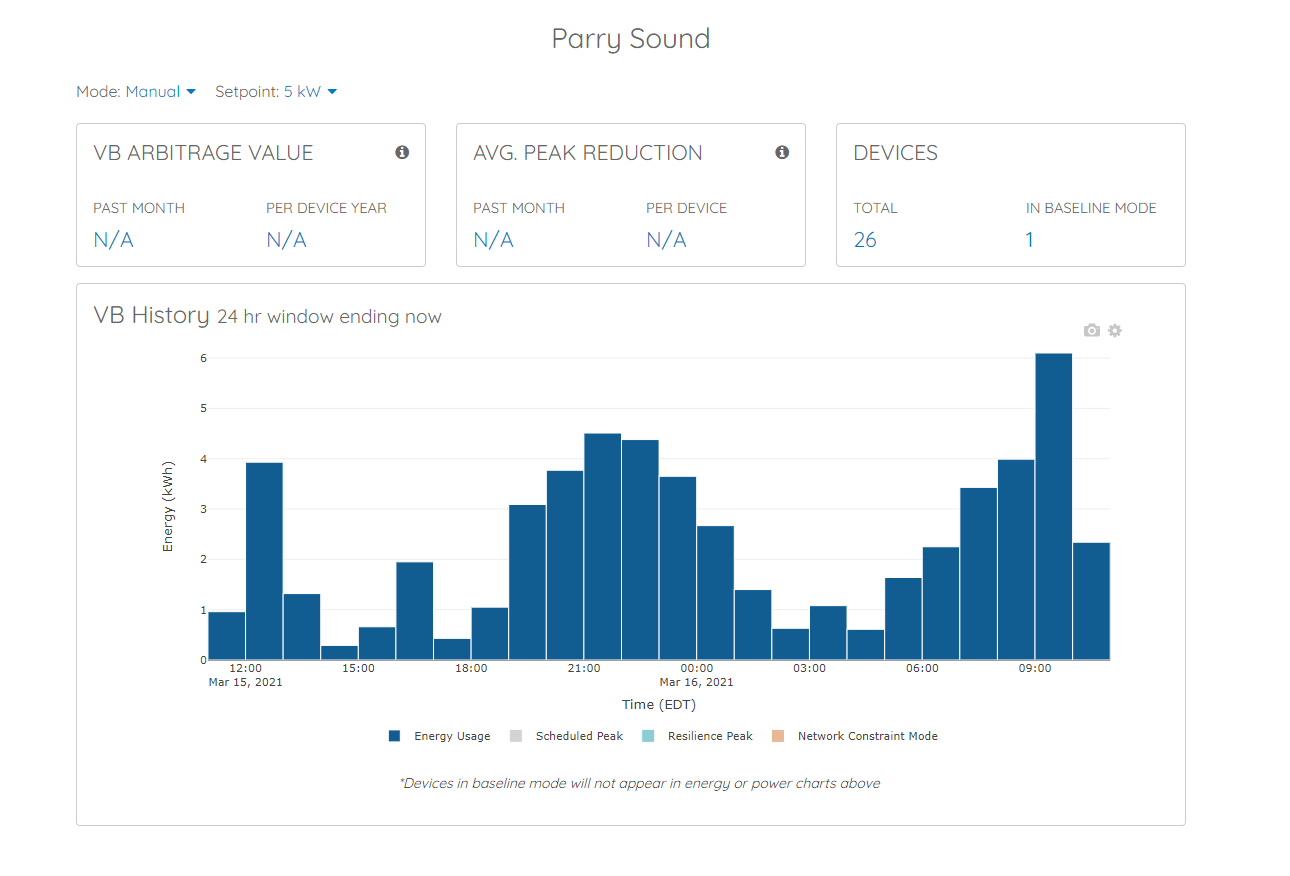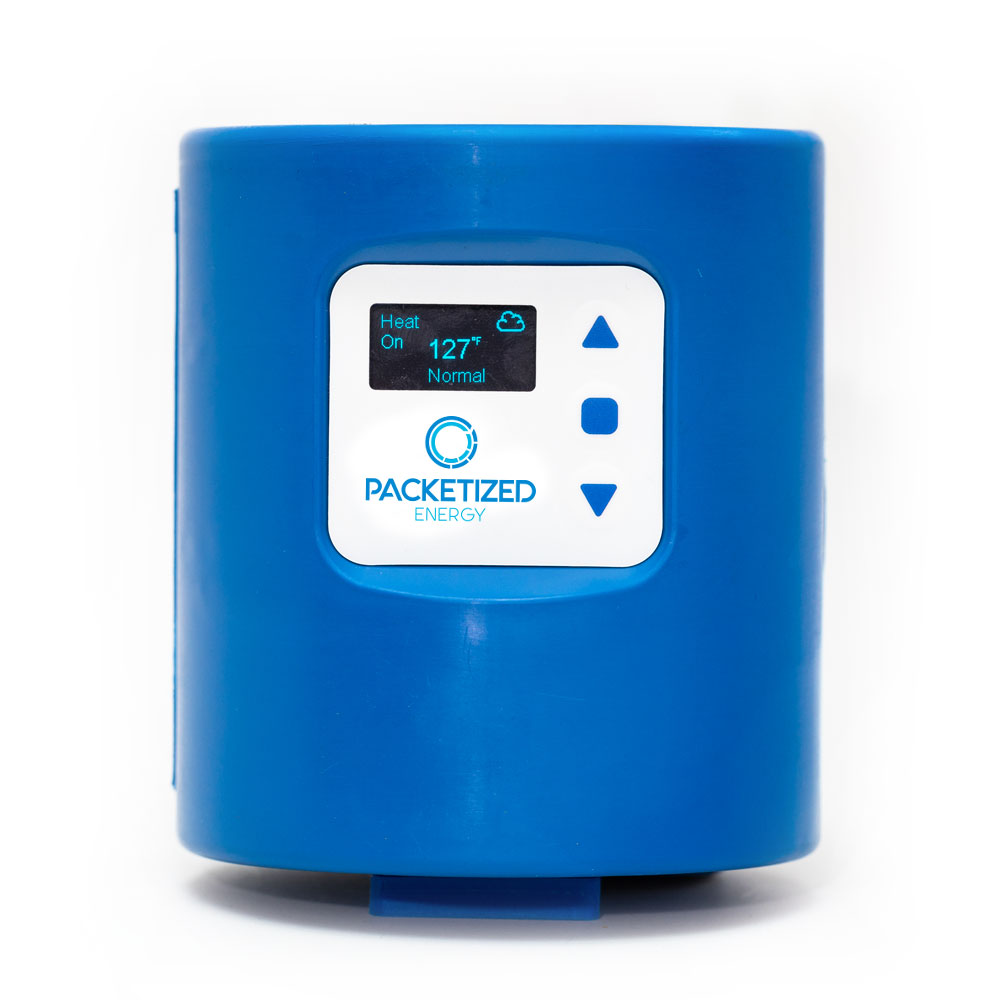smart heating.
Mello® smart thermostat
for electric water heaters
smart heating.
Mello® smart thermostat
for electric water heaters
Project SPEEDIER is implementing 50 Mello devices to further optimize the consumption in the Town of Parry Sound.

Project SPEEDIER is implementing 50 Mello devices to further optimize the consumption in the Town of Parry Sound.

Heating water the smart way.
Electricity consumption varies day to day, hour to hour and depending on factors such as the weather. During peak hours, the higher consumption means that generation must increase to meet demand. Therefore, electricity rates vary throughout the day and week, leading to time of use pricing.
Many residential and commercial consumers use electricity to heat water for different purposes. Water, having high heat capacity (4184 Joules per kilogram) requires high amounts of electricity to heat up. Hot water tanks can keep water warm, and often have the capacity to maintain hot water for the residence through the peak periods, when electricity prices are higher. With a controller, the tanks don’t heat during peak periods, and then can then bring the hot water levels back up during the off-peak period.
What is Mello®?
Mello® smart thermostats (Link to read more on “WHAT IS THERMOSTAT) are hot water tank controllers. The device enables traditional electric resistance water heaters to match in-home(or business) energy demand with real-time grid conditions (peak vs off-peak). The devices are controlled by an app, so that customers can easily adjust temperature settings or simply set it and forget it, as well as access reports on consumption. Mello can also be programmed to lower tank temperature, and thus minimize consumption, during out of the house periods or vacations. A great solution for the second property that doesn’t have constant use!


SPEEDIER project is implementing 50 Mello devices to further optimizes the consumption in the Town of Parry Sound. This is considered a test pilot and with results, soon more will join the fleet. If you are interested to participate and optimize your costs, contact us.
What is a Thermostat?
Thermostat: A thermostat is a regulating device component which senses the temperature of a physical system and performs actions so that the system’s temperature is maintained near a desired setpoint.
Thermostats are used in any device or system that heats or cools to a setpoint temperature, examples include building heating, central heating, air conditioners, HVAC systems, water heaters, as well as kitchen equipment including ovens and refrigerators and medical and scientific incubators. In scientific literature, these devices are often broadly classified as thermostatically controlled loads (TCLs). Thermostatically controlled loads comprise roughly 50% of the overall electricity demand in the United States.
A thermostat operates as a “closed loop” control device, as it seeks to reduce the error between the desired and measured temperatures. Sometimes a thermostat combines both the sensing and control action elements of a controlled system, such as in an automotive thermostat.
The word thermostat is derived from the Greek words thermos, “hot” and statos, “standing, stationary”.

What is a Thermostat?
Thermostat: A thermostat is a regulating device component which senses the temperature of a physical system and performs actions so that the system’s temperature is maintained near a desired setpoint.
Thermostats are used in any device or system that heats or cools to a setpoint temperature, examples include building heating, central heating, air conditioners, HVAC systems, water heaters, as well as kitchen equipment including ovens and refrigerators and medical and scientific incubators. In scientific literature, these devices are often broadly classified as thermostatically controlled loads (TCLs). Thermostatically controlled loads comprise roughly 50% of the overall electricity demand in the United States.
A thermostat operates as a “closed loop” control device, as it seeks to reduce the error between the desired and measured temperatures. Sometimes a thermostat combines both the sensing and control action elements of a controlled system, such as in an automotive thermostat.
The word thermostat is derived from the Greek words thermos, “hot” and statos, “standing, stationary”.


